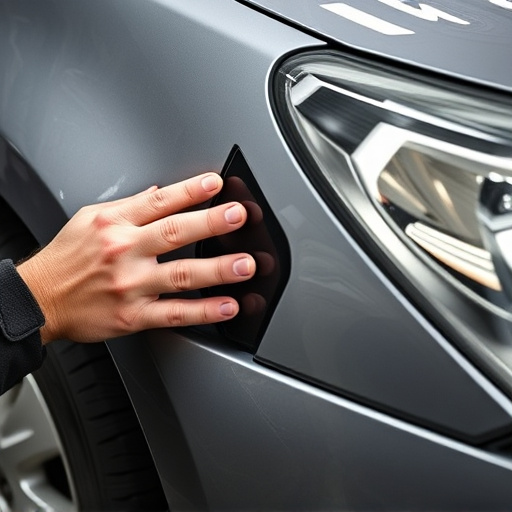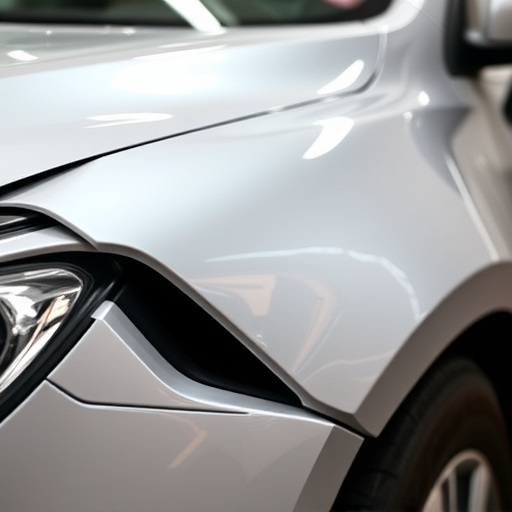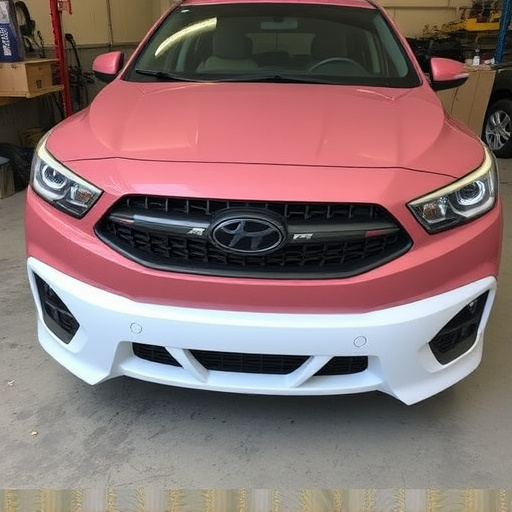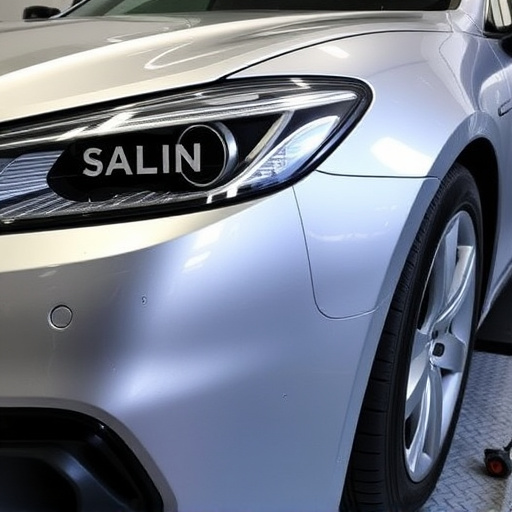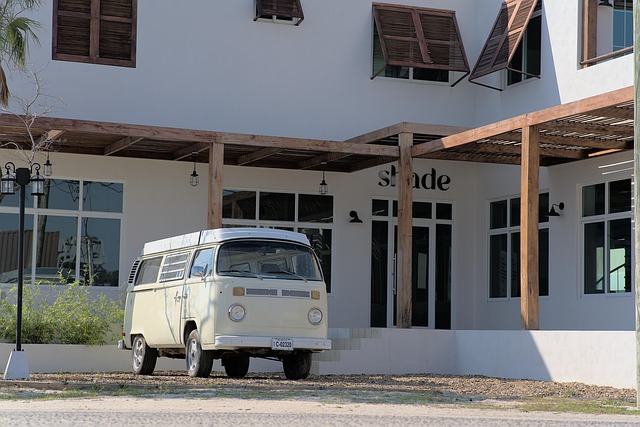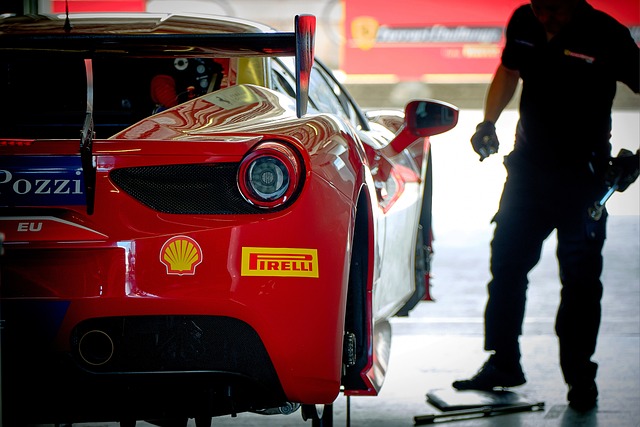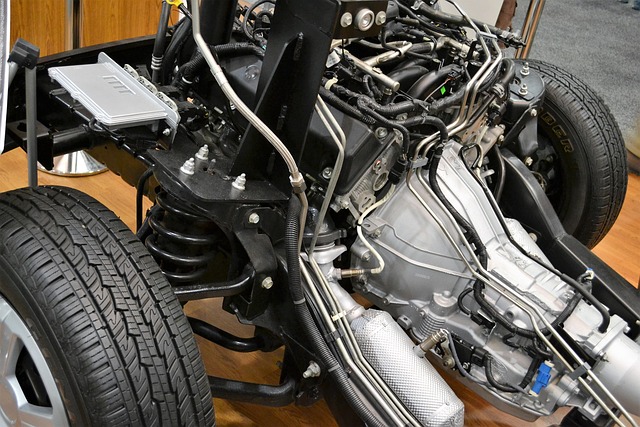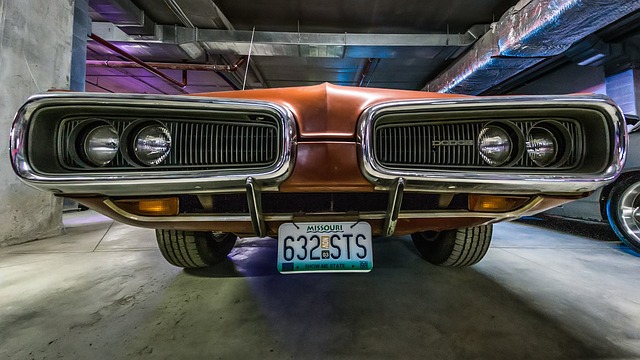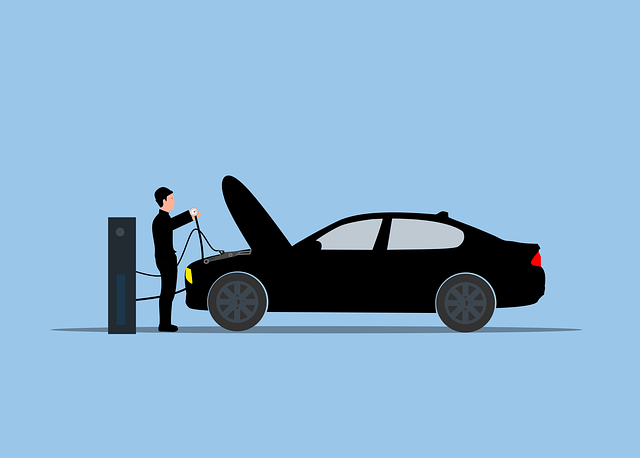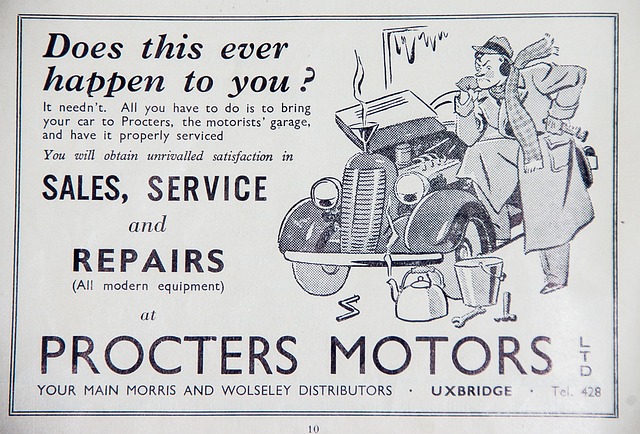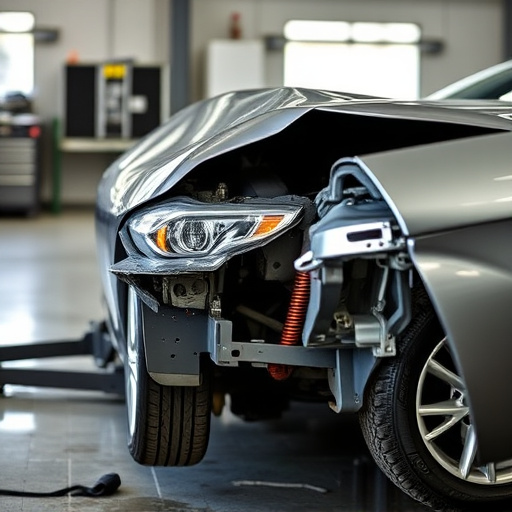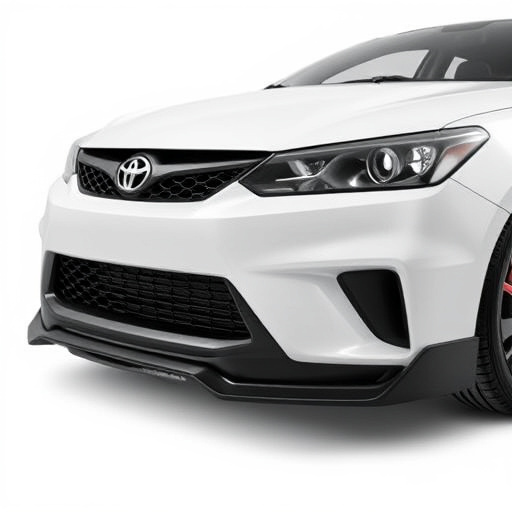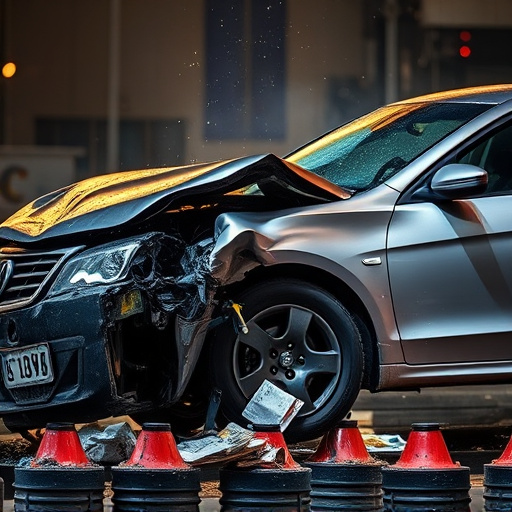Paintless dent repair (PDR) revolutionizes car body restoration, offering swift and precise repairs that maintain vehicle value. Repair duration varies based on dent size, depth, and vehicle geometry, with experienced technicians completing tasks faster using specialized tools and techniques. Optimizing PDR time involves proper preparation, tailored equipment, best practices like systematic work, consistent pressure, and regular training to tackle complex repairs promptly, leading to happier customers and boosted productivity for auto body painting services.
“Uncover the secrets behind efficient paintless dent repair (PDR) with this comprehensive guide. We delve into the fundamentals of PDR, exploring what makes it a game-changer in automotive dent removal. From understanding key factors influencing repair duration to mastering tips for optimizing PDR time, this article is your go-to resource. Learn how professionals navigate the process, ensuring swift and effective results without compromising quality. By the end, you’ll grasp the art of minimizing paintless dent repair time.”
- What is Paintless Dent Repair?
- Factors Affecting Repair Time
- Optimizing PDR Time: Tips and Best Practices
What is Paintless Dent Repair?

Paintless dent repair is a cutting-edge technique that revolutionizes car body repair by eliminating the need for traditional painting methods. Unlike conventional repairs that often involve sanding, priming, and repainting, paintless dent repair focuses on restoring the vehicle’s original finish without touching the paint. This innovative approach not only saves time but also ensures a precise and virtually invisible repair, preserving the car’s value and aesthetics.
By utilizing specialized tools and techniques, technicians expertly manipulate the metal back to its original shape, effectively erasing dents and scratches. The process is both efficient and effective, making it a popular choice for those seeking high-quality vehicle paint repair without the lengthy downtime associated with conventional methods. Paintless dent repair time varies based on the severity of the damage, but its non-invasive nature generally results in quicker turnaround times compared to car scratch repair or car body repair processes that involve painting.
Factors Affecting Repair Time

Several factors influence the time required for paintless dent repair, a technique that focuses on removing dents and scratches from vehicle bodies without painting. The size and depth of the dent are primary considerations; larger or deeper dents will generally take longer to fix. Complex geometric shapes and curves on vehicles can also add complexity, as technicians must adapt their methods to suit the unique contours of each car panel.
The experience and skill of the repair technician plays a significant role in determining paintless dent repair time. Trained professionals with years of practice can often complete repairs faster due to their expertise in using specialized tools and techniques. Environmental conditions, such as temperature and humidity, can impact the drying process of the materials used, potentially affecting the overall repair timeline.
Optimizing PDR Time: Tips and Best Practices

Optimizing paintless dent repair (PDR) time is an art that combines skill, efficiency, and strategic planning. To streamline the process, technicians should prioritize preparation. This involves assessing the damage, gathering the right tools, and ensuring a clean, well-lit workspace. Using high-quality equipment tailored for PDR can significantly enhance speed and accuracy, reducing the overall repair time.
Additionally, adopting best practices like using the appropriate technique for each dent size and type, maintaining consistent pressure, and working methodically from smaller to larger dents, can dramatically improve efficiency. Regular training and staying updated with industry trends further refine skills, enabling technicians to tackle complex repairs more swiftly. Remember, in the world of vehicle dent repair, every second counts, and optimizing PDR time translates directly into satisfied customers and enhanced productivity for auto body painting services.
Paintless dent repair (PDR) time varies based on several factors, including damage severity, vehicle type, and technician experience. By understanding these variables, you can set realistic expectations for PDR duration. Following best practices, such as proper tool selection and controlled environment conditions, can help optimize repair time. Remember, efficient PDR not only saves time but also ensures your vehicle’s original finish is preserved, making it a preferred choice for many car owners.
